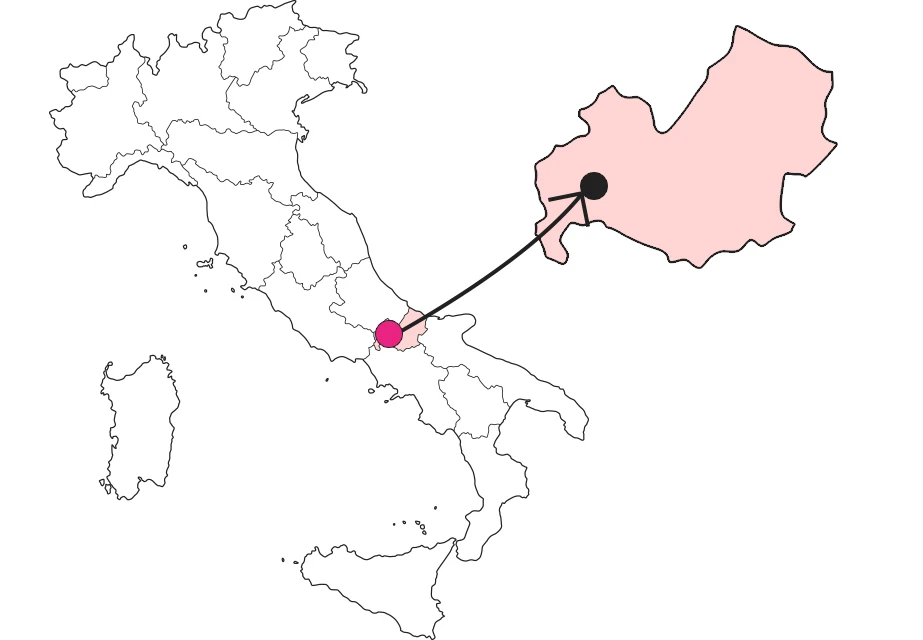SHARRYLAND







Monastery of St. Vincent in Volturno
A real gem for lovers of the Middle Ages



Where

What it is and where it is
The monastery of San Vincenzo in Volturno is the most important archaeological site of the early Middle Ages, one of the most important in Europe: if today it is the dream of every medievalist, at the time of Charlemagne it was one of the richest and most influential monasteries in Italy. A short distance from the mouth of the Volturno River, fragments that constituted the different rooms of the monastery are gradually coming to light. Here, however, there are not only chapels, crypts and churches (it seems that there were as many as 9, although to date only 3 have been found), but also workshops, kitchens, wash-houses, valuable evidence about the economic activities of the monks.
Why it is special
For insiders, San Vincenzo in Volturno is to the early Middle Ages what Pompeii is to Rome. There are no other archaeological sites from this period in such a state of preservation. Of course, much has been lost and there is still much to be found. However, the wealth of artifacts, fragments, and structures, such as the original floors, columns, and crypts, still intact, manages to provide a clear and vibrant picture of what life was like at the time. Added to this is the Chronicon Vulturnense, an ancient illuminated codex describing the monastery in its heyday. Some established correspondences make it a good trail to follow.
Not to be missed
An authentic treasure is the Crypt of Epiphanius. This small room holds a fresco cycle unique in Europe in many ways. First of all, it is almost intact, but, extremely rare, it can be dated thanks to an Abbot whose name and years in which he held the position are known. He is depicted with a halo indicating that he was alive, or recently dead, at the time the fresco was executed. Delicate but vibrant colors, figures of incredible beauty that are influenced by Byzantine figurative canons narrate the life of Jesus, the early Christian martyrs, but above all Mary, intermediary between man and God and Queen of Heaven.
A bit of history
Always the site of an important Benedictine community, its exact founding date is unknown. Over time it grew and between the 8th and 9th centuries it reached its peak, hosting up to 300 monks. The decline began in the 9th century, when the bishop of Naples decided to strike at the monastery to weaken the province of Benevento, over which he wanted to extend his rule. He sent an army of Arab mercenaries to attack the monks, who resisted strongly but could not prevent the burning and destruction of the monastery. Between abandonments and attempts at recovery, the monastery and its community gradually came to their final demise in 1400.
Curiosities
Rediscovering these places had to wait until a landslide of the ground under a farmer's feet in the 1800s opened an initial opening to one of the crypts, and then for a team of archaeologists and scholars to arrive in 1974. One of them recalls with amusement how, upon his arrival, he was mistaken for a German terrorist and arrested. The misunderstanding cleared up, a marshal accompanied him to the crypt, but with a clear warning: that he should not expect anything, anyway, it was just a small room, with four paintings on the walls.
Enter the Map of Italy's Undiscovered Wonders and find treasures where you least expect it... Inspire, Recommend, Share...
Contacts
Collections
The Map thanks:
In the Community
Enter the Map of Italy's Undiscovered Wonders and find treasures where you least expect it... Inspire, Recommend, Share...
Where

Contacts
Collections

